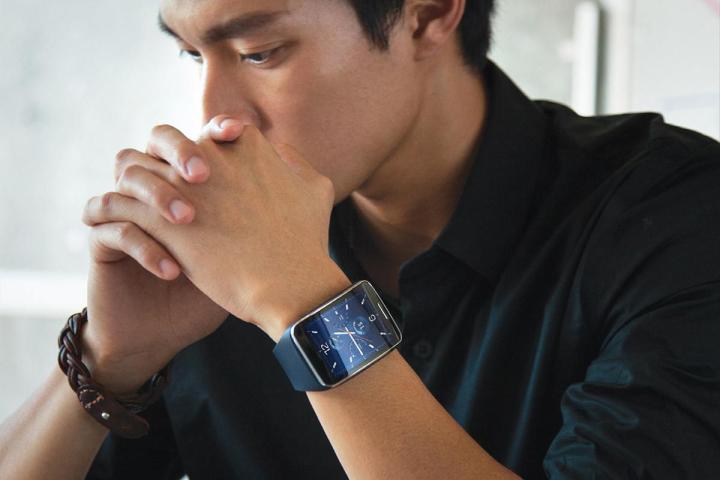
By 2019, total shipments of wearables will hit 214.6 million units, reflecting a five-year compound annual growth rate (CAGR) of 28 percent. While today’s wearables landscape is limited to basic form factors, we’re on the cusp of a new, wider proliferation of wearables.
“Smarter clothing, eyewear, and even hearables (ear-worn devices) are all in their early stages of mass adoption,” said Jitesh Ubrani, senior research analyst for IDC Mobile Device Trackers. “Though at present these may not be significantly smarter than their analog counterparts, the next generation of wearables [is] on track to offer vastly improved experiences and perhaps even augment human abilities.”
Smartwatches are and will continue to be a popular type of wearble, and in 2016, IDC forecasts 34.3 million smartwatch units to be shipped around the world, up from 21.3 million units shipped in 2015. By 2019, smartwatch shipments will hit 88.3 million units, reflecting a five-year CAGR of 42.8 percent.
Apple’s watchOS for the Apple Watch led all smartwatch operating systems with a 61.3 percent market share. Android Wear followed with 15.2 percent, followed by Pebble OS with 8.6 percent and Samsung’s Tizen with 8.2 percent.
In 2019, IDC expects watchOS to remain the leader with 51.1 percent of the market. However, Android Wear will boast 38.8 percent of the market, reflecting an 80.5 percent CAGR.

